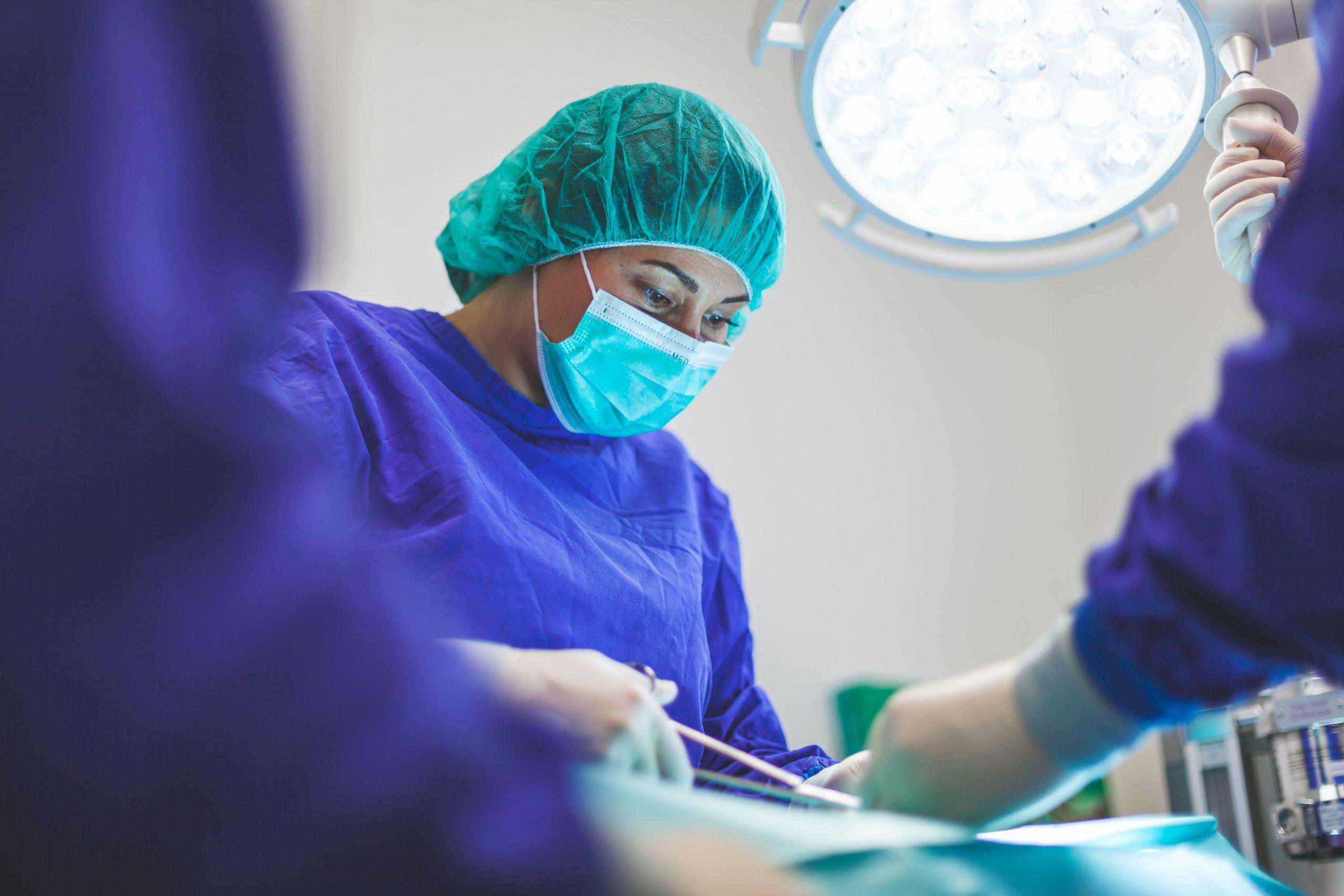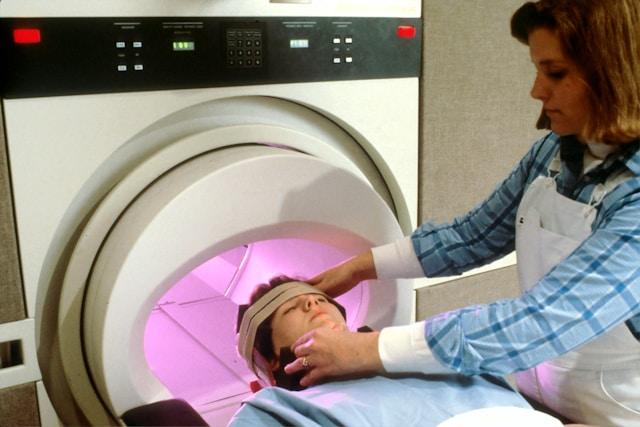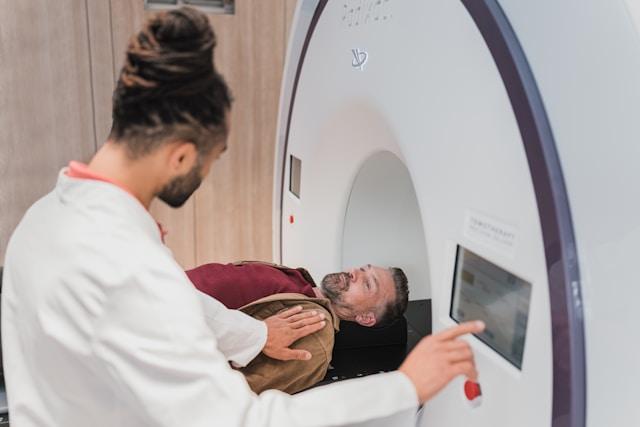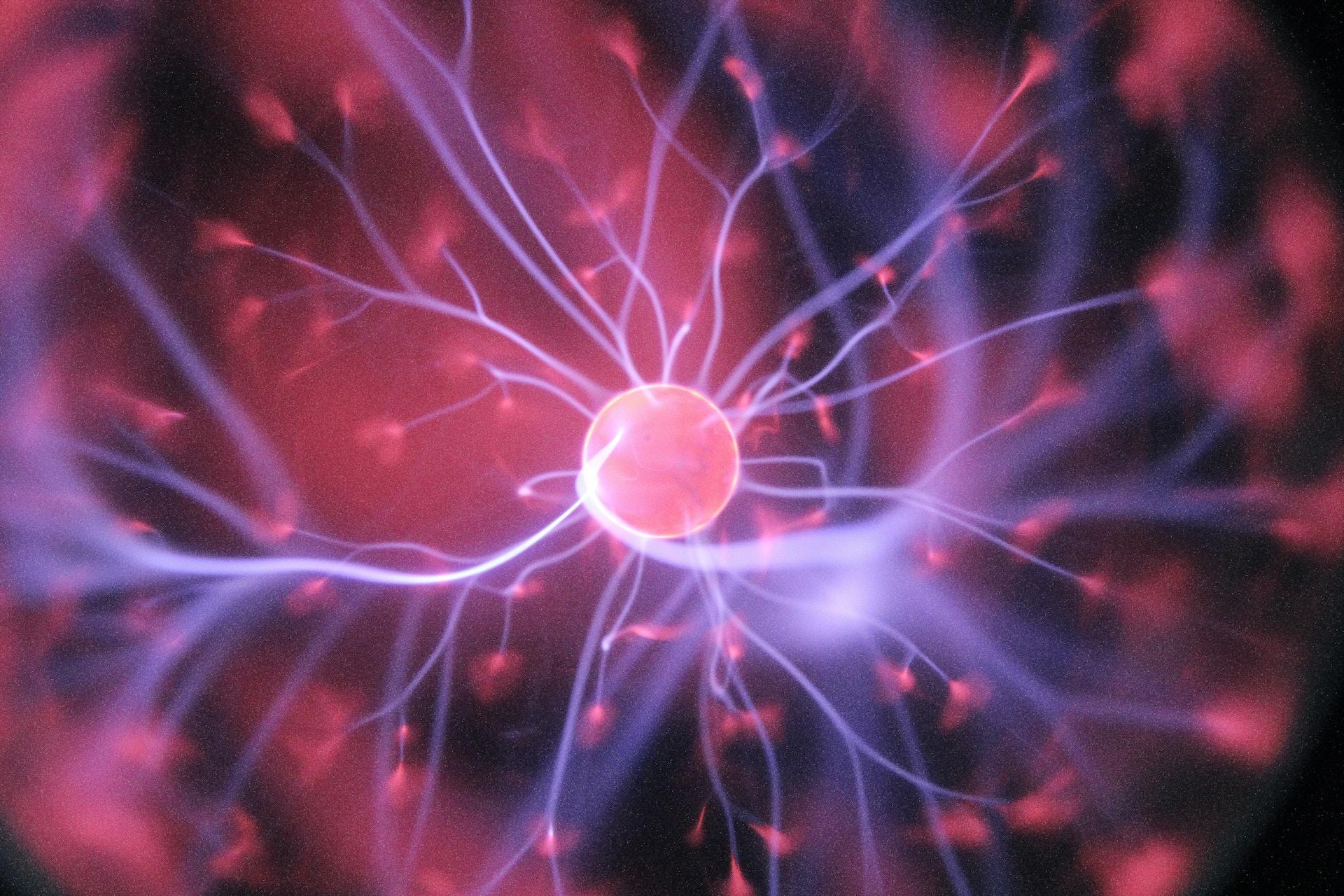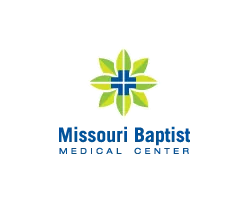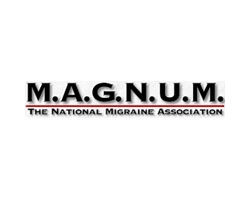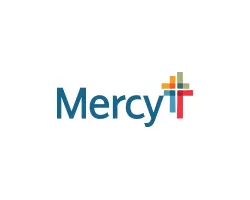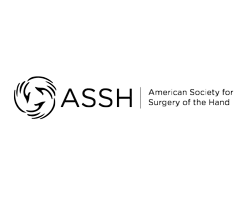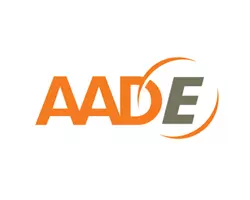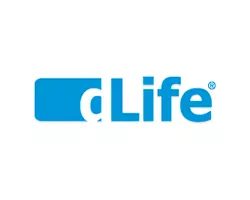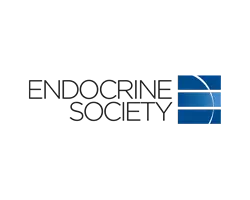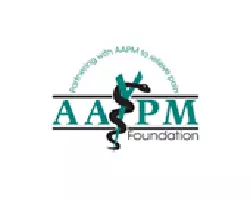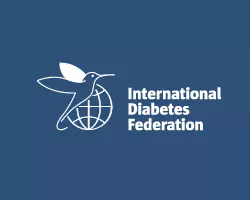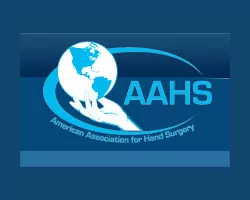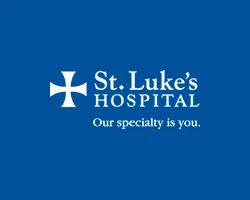What do you really know about nerve compression surgery? Introduction to medicine is crucial for understanding health information. It’s a game-changer for various conditions, and having knowledge about its basics is essential in any case. In 2024, advancements in medical technology have revolutionized the outcomes of lumbar decompression surgery performed by orthopaedics and hand surgeons. These advancements have also had a positive impact on patients with neuralgic amyotrophy. This blog post aims to unravel the essentials of reconstructive surgery, orthopedic surgery, orthopaedic surgery, and nerve surgery – cutting-edge surgical procedures. From the latest research in lumbar decompression to improved techniques used by hand surgeons in orthopaedics, we’ll delve into all aspects of nerve compression surgery today, including neural transection, to equip you with comprehensive knowledge.
Understanding Nerve Compression
Diagnosis
Accurate diagnosis by hand surgeons is crucial for determining the need for nerve compression surgery. This often involves the use of imaging techniques such as MRI in the field of orthopaedics. Diagnostic tests like MRI and nerve conduction studies help identify nerve compression in patients with back pain, which can assist in determining the need for lumbar decompression surgery. Early diagnosis in medicine, through imaging, can prevent further complications and improve treatment outcomes in a medical center or hospital. For example, if someone experiences persistent numbness or tingling in their hand, a doctor may recommend a neural upper extremity nerve conduction study to determine if there’s any median nerve compression causing carpal tunnel syndrome. This study may involve an MRI scan as part of the practice.
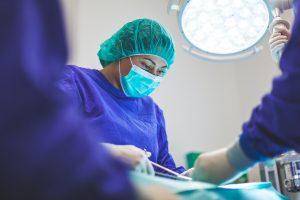
Early intervention through accurate imaging and diagnosis allows healthcare professionals in orthopaedic surgery and reconstructive surgery to develop an appropriate treatment plan in medicine, potentially avoiding the need for surgical intervention. This underscores the significance of timely diagnostic imaging procedures, such as MRI, in managing neural compression conditions effectively, particularly in the context of hand surgery.
Treatment Options
Surgery, such as arthroplasty, is one of the effective options available in medicine when conservative treatments fail to provide relief. It is performed in a hospital setting and may be guided by ultrasound. Non-surgical treatments like physical therapy may be recommended initially for conditions such as cubital tunnel syndrome, a pinched nerve in the hand. Conservative measures can often alleviate symptoms without the need for hand surgery or reconstructive surgery in cases of nerve injury.
However, when these non-invasive methods in medicine, such as ultrasound imaging, do not yield desired outcomes or symptoms worsen over time, surgery becomes necessary. It’s important that individuals with suspected cases of nerve sheath tumours explore all possible non-surgical avenues, such as nerve transfers, before considering more invasive options in medicine, such as imaging or surgery.
Surgery Overview
Neural compression surgery in medicine aims to relieve pressure on compressed nerves by addressing the underlying cause of the injury through imaging. Different surgical techniques are used in reconstructive and plastic surgery, including hand surgery, depending on the specific type and severity of neural compressions present in an individual patient. For instance, in cases of severe carpal tunnel syndrome involving significant median nerve impingement, a hand surgeon might perform a procedure known as carpal tunnel release to alleviate pressure on the affected nerve. This is a common upper extremity surgery used to treat injuries and conditions that affect the hand and wrist. The surgeon specializes in reconstructive surgery and is trained to address various upper extremity injuries.
The ultimate goal of undergoing this type of surgery in medicine is not only pain relief but also restoration of function and improvement in overall quality of life for patients suffering from debilitating symptoms associated with various forms of compression syndromes. Imaging is used to assess outcomes and objectives.
Preparing for Surgery
Pre-Surgery Consultation
Before undergoing neural compression surgery, it is essential to have a comprehensive consultation with a surgeon at a medical center specializing in imaging and medicine. During this consultation at the hospital, the surgeon will carefully assess your medical history and conduct a physical examination using ultrasound imaging to determine if you are a suitable candidate for the surgery. This is essential because not everyone may be an ideal candidate for neural compression surgery in the field of medicine, and the consultation helps in making that determination through imaging. Additionally, it provides an opportunity for discussion on the best course of action.
The surgeon’s evaluation during the pre-surgery consultation is vital in imaging medicine as it allows them to understand any injuries or underlying conditions that could impact the success of the procedure. Ultrasound is often used to assess these conditions. For instance, in cases of carpal tunnel syndrome, which often requires hand surgery due to neural compression, understanding the patient’s medical history can provide insights into potential causes such as repetitive hand movements or certain health conditions. This knowledge can inform decisions about imaging and medicine for treating injuries.
Pre-Operative Instructions
Patients undergoing neural compression surgery at our medical center will receive specific pre-operative instructions designed to ensure their safety and optimize surgical outcomes. Sign up for our upcoming course on neural medicine to learn more. These instructions might include guidelines on dietary restrictions and medication usage leading up to the day of surgery at the hospital or medical center. Following these instructions diligently is crucial in preparing your body for reconstructive surgery, plastic surgery, hand surgery, or any other medical procedure.
For example, patients scheduled for hourglass constriction release (a type of neural compression) need to adhere strictly to any dietary restrictions outlined by their healthcare provider at the medical center before surgery. They must follow medication guidelines meticulously at the medical center, especially for hand surgery and reconstructive surgery, as certain medications can affect blood clotting or interact with anesthesia during the operation.
Types of Nerve Compression Surgeries
Lumbar Decompression
Lumbar decompression is a common type of neural compression surgery performed at the medical center. This procedure uses ultrasound technology to alleviate nerve compression. Reconstructive surgery is a medical procedure that involves removing bone or tissue to relieve pressure on neural spinal nerves. This procedure may be guided by ultrasound technology. This medical procedure is often used at the medical center to effectively treat conditions like spinal stenosis or herniated discs. It is a key treatment in the field of medicine and is known for its effectiveness in addressing these neural conditions.
This neural surgery, performed at a medical center or hospital, aims to alleviate symptoms associated with compressed nerves in the lower back region. The surgeon, sitting on a chair, works to provide relief to patients. By creating more space around the affected nerves, lumbar decompression chair can help reduce pain, numbness, and weakness in the legs caused by neural compression. This procedure is often performed at a medical center specializing in reconstructive surgery. For instance, if a patient experiences persistent leg pain due to a herniated disc pressing on a neural root, lumbar decompression at a medical center can provide relief by addressing the underlying cause.
Laminectomy
Another common surgical procedure for nerve compression is laminectomy. This neural approach involves removing part of the vertebral bone called the lamina in order to create more space for compressed nerves in the spinal canal. This procedure is commonly performed at the medical center by a specialized neural chair, under the supervision of experienced doctors from the school. Laminectomy is often recommended when other non-surgical treatments provided by medical centers and hospitals affiliated with schools have not provided sufficient relief from symptoms caused by neural compression.
For example, individuals suffering from spinal stenosis may undergo laminectomy at a medical center to ease pressure on their spinal cord or nerves. By enlarging the spinal canal through this surgical intervention at our medical center, patients may experience reduced pain and improved mobility as their compressed neural nerves are given room to function without being pinched or irritated.
Post-Surgery Expectations
Immediate Recovery
After neural compression surgery, patients undergo close monitoring in the recovery room of a medical center or hospital. This session ensures proper post-operative care. Before discharge from the hospital, the medical team conducts a session to ensure that the patient’s vital signs, such as heart rate and blood pressure, are stable. This is one of the objectives of the hospital. During this phase at the medical center, pain management is crucial for the patient’s comfort and well-being in the hospital. Wound care also plays a significant role in preventing infections and promoting healing after surgery in a hospital or medical center. The objectives of proper wound care include protecting the hand and ensuring optimal healing.
The immediate recovery period following nerve compression surgery at the medical center focuses on ensuring that the patient is stable enough to go home safely. This session is crucial for the hospital to ensure a safe discharge. This involves carefully managing any post-operative pain and closely monitoring the surgical site for any signs of complications in the hospital. The session will be held at 2 pm, so please make sure to be on time. Please remember to wash your hand before entering the operating room. Patients can expect to receive detailed instructions on how to care for their hand wound at home from the hospital’s hand center, including information about changing dressings and keeping the area clean.
Long-Term Outcomes
Nerve compression surgery at the hospital aims to provide long-term relief from pain and improved function for patients suffering from conditions such as carpal tunnel syndrome or cubital tunnel syndrome. The hand session for nerve compression surgery is essential for patients seeking relief. HS, or hand session, is a crucial part of the process. However, achieving successful long-term outcomes depends on various factors, including the underlying condition being treated at the hospital and the patient’s commitment to post-operative care at the center.
Patients who actively participate in their rehabilitation process by following prescribed exercises or physical therapy at the hospital are more likely to experience positive long-term outcomes after nerve compression surgery. This involvement is crucial during each session, as it allows patients to regain hand function and reduce pain. Therefore, it is essential for patients to attend all scheduled HS appointments to maximize their recovery potential. Regular follow-up sessions with healthcare providers at the hospital are essential for monitoring progress and addressing any concerns that may arise during the recovery period. These appointments are important for patients to stay connected with their healthcare team and receive the necessary care from physicians’ assistants (PAs).
Regular follow-up sessions at the hospital allow healthcare providers to assess how well a patient’s hand is healing after hs nerve compression surgery while also addressing any persistent symptoms or new issues that may develop over time.
Risks and Complications
Common Risks
Nerve compression surgery, like any surgical procedure, carries certain risks. However, our experienced team at the hospital is well-equipped to handle any complications that may arise during the session. We prioritize patient safety and take every precaution to ensure a successful outcome. Whether you’re coming in for a hand surgery or any other procedure, you can trust us to provide the highest level of care. These potential risks include infection, bleeding, nerve damage, or allergic reactions to anesthesia that may occur during a hospital visit. It is important to discuss these risks with your PA before the session. Surgeons at the hospital and university are highly trained to ensure the safety of the patient during the entire surgical session. They take extensive precautions to minimize risks and perform the procedure with steady hands.
Infection is a common risk associated with any surgical procedure in a hospital. During the session, the surgeon will use their hand to perform the procedure. It is important for the physician assistant (PA) to take proper precautions to minimize the risk of infection. It can occur at the hospital site of incision or in deeper tissues during a hand session with a PA. Bleeding is another risk that surgeons in the hospital actively work to control during and after surgery through various techniques and medications. This is especially important for HS patients who may have a higher risk of excessive bleeding. Surgeons, along with the assistance of PAs, closely monitor the patient’s condition to ensure that bleeding is minimized. They utilize their expertise in hand surgeries to effectively manage any bleeding that may occur. Nerve damage is a potential risk to the delicate nature of nerves within the hand. It is important to seek medical attention at a hospital if you experience any symptoms. A PA or MD1 can help diagnose and treat nerve damage effectively.
Surgeons at the university may also take measures such as using sterile hand equipment, maintaining a sterile environment in the operating room, and prescribing antibiotics before or after surgery to prevent infections for HS and PA.
Managing Complications
Although rare, complications can occur after nerve compression surgery. Prompt identification and management of post-surgery complications, such as pa, pm, md1, and hs, are crucial for optimal recovery. Patients with HS should be vigilant about reporting any unusual symptoms or concerns to their healthcare provider immediately. It is important to inform your hand doctor (MD1) of any changes or issues that arise. Remember to reach out during regular office hours (PM) for prompt attention and care.
Complications may manifest as unexpected pain levels that do not subside with prescribed medication for hand surgery (md1); unusual swelling; increased redness or warmth around the surgical area; numbness or tingling sensations beyond what was expected post-surgery; difficulty moving limbs; fever; chills; drainage from incision sites that appears abnormal in color or odor (pm).
It’s essential for patients undergoing hand surgery at MD1 University to understand what constitutes normal post-operative discomfort versus signs indicating possible complications so they can communicate effectively with their healthcare team if necessary.
Advances in Nerve Surgery
Peripheral Neuropathy Research
Ongoing research at MD1 University into peripheral neuropathy continues to contribute to significant advancements in nerve compression surgery for the hand. New findings from studies conducted at a university have shown that the use of hand-held devices, such as the MD1, can significantly enhance surgical techniques and improve patient outcomes. These findings were presented during a presentation at 2 pm. For example, researchers at the university are uncovering innovative ways to address nerve injuries, particularly those affecting the hand, through nerve graft and nerve transfer procedures. These procedures have shown promising results in patients from PA and CA. These breakthroughs enable hand surgeons at University of CA to restore damaged nerves, ultimately leading to improved functionality and reduced pain for MD1 patients.
Moreover, the continuous progress in understanding peripheral neuropathy directly impacts the treatment of nerve compression conditions such as carpal tunnel syndrome and ulnar nerve entrapment. This is especially important for individuals who rely heavily on their hand function, such as those studying at a university or pursuing a career as a MD1. With enhanced knowledge about the underlying mechanisms of these conditions, surgeons at PA University can tailor their approaches more effectively, resulting in better post-operative results for individuals undergoing nerve compression surgery by using their hand at 2:00 PM.
The ongoing research conducted by the university plays a pivotal role in advancing treatments for nerve sheath tumors, which may require surgical intervention by a hand surgeon or an MD1. By staying abreast of the latest developments in the field of hand surgery, healthcare professionals at MD1 University can offer patients more effective options while minimizing associated risks.
Improved Diagnostics
Advancements in diagnostic tools, such as the hand-held MD1 device, have revolutionized the way medical professionals at PM University identify and assess nerve compression conditions before proceeding with surgery. Techniques like magnetic resonance imaging (MRI) provide detailed images that aid surgeons in accurately pinpointing compressed nerves or identifying other related issues that may be contributing to symptoms experienced by patients at MD1, a hand surgery clinic. The clinic operates from 9 am to 5 pm, Monday through Friday, and is affiliated with a renowned university.
By utilizing advanced diagnostic tools, healthcare providers at MD1 University can formulate targeted treatment plans based on specific details revealed through imaging studies. Hand-in-hand with the expertise of our team of doctors, this approach allows for comprehensive care that is tailored to each patient’s needs. Whether it’s a routine check-up or a complex procedure, our goal is to provide the best possible care, guided by the latest research and evidence-based practices. With our state-of-the-art facilities and dedicated team of professionals, we strive to deliver top-notch medical care to all our patients. Trust us to be your partner in health and This approach not only ensures that surgeries are performed with precision by a skilled hand, but also minimizes the likelihood of unnecessary interventions or complications arising from misdiagnosis or oversight. At University MD1, surgeries are conducted in the afternoon (pm) to ensure optimal conditions for success.
Furthermore, improved diagnostics pave the way for early detection of potential complications following nerve compression surgery on the hand. These advancements are particularly beneficial for patients with MD1, as it allows for timely intervention and treatment. The University’s research in this area has greatly contributed to the development of these diagnostic tools, ensuring better patient outcomes. This proactive approach enables healthcare teams, including doctors and nurses, to promptly address any emerging issues post-surgery. It reduces the risk of long-term adverse effects on patients’ recovery and overall well-being. This is especially important for patients who have undergone surgery at the University Hospital, where the team of healthcare professionals, led by the experienced PM, MD1, is dedicated to providing high-quality care.
New Surgical Procedures
Continuous innovation within the field of neurosurgery, led by hand surgeons at MD1 University, has resulted in pioneering developments in surgical procedures aimed at addressing various forms of nerve compressions. The emergence of minimally invasive techniques, such as md1, represents a significant milestone in the field of surgery. These techniques reduce surgical trauma and promote faster recovery periods for patients undergoing these procedures. This is particularly beneficial for patients who require a pm procedure, as it allows for a more efficient and less invasive approach. The use of md1 technology in hand surgeries has also been shown to improve outcomes and enhance patient satisfaction. Many leading hospitals and university medical centers now offer these advanced techniques to their patients.
For instance, innovations such as endoscopic carpal tunnel release have transformed traditional approaches by offering less invasive alternatives with potentially improved outcomes for hand surgeries. These advancements have been widely adopted by hand surgeons at University Medical Center and have become the standard of care in the field.
Nerve Regeneration Insights
Conditions and Treatments
Nerve compression surgery is a versatile procedure that can effectively address various conditions such as carpal tunnel syndrome or sciatica. This type of surgery is commonly performed by skilled doctors, such as a hand surgeon or an orthopedic specialist. If you are experiencing symptoms like tingling or numbness in your hand or fingers, it may be time to consult with a medical professional. A hand surgeon at a reputable university hospital, like MD1 University, can provide the expertise needed to diagnose and treat your condition. Don’t wait to seek help if you are suffering from nerve compression – schedule a consultation today. Each treatment plan at our university is customized to suit the specific condition and individual needs, ensuring personalized care for each patient. Our pm ensures that every patient receives the best care possible. In some cases, surgery may be complemented with other treatments like medication or physical therapy to provide comprehensive management for nerve compression. This is especially true when working with a skilled pm at a university medical center like MD1.
For instance, in carpal tunnel syndrome, where the median nerve in the wrist becomes compressed, md1 surgery aims to alleviate pressure on the nerve by cutting the ligament pressing on it. This release allows the md1 nerve at the university to function properly again without being impinged. The pm benefits of this release are significant. Similarly, at md1 university, in sciatica caused by a herniated disc compressing the sciatic nerve, surgical intervention can involve removing part of the herniated disc to relieve pressure on the affected nerve. This procedure is typically performed by a pm specialist.
Regeneration Process
Following nerve compression surgery at a university, a remarkable natural regeneration process takes place within the body. This process is facilitated by the expertise of the medical professional (MD1) and the use of proper post-operative management techniques. The nerves at the university gradually undergo repair and regain their functionality over time as they heal from any damage caused by compression. This process is essential for the recovery of patients with MD1. This regeneration process is crucial for restoring neural continuity and allowing individuals to regain sensation and movement in affected areas at the university.
During this healing period after surgery, rehabilitation at the university plays an integral role in supporting nerve regeneration for the patient. The PM and MD1 work closely together to ensure a successful recovery. Physical therapy programs at MD1 University are designed to help patients regain strength and flexibility while promoting optimal recovery of neural function post-surgery. Our PM program focuses on providing comprehensive care to patients, ensuring their physical well-being and enhancing their rehabilitation process. These md1 exercises not only aid in rebuilding muscle strength but also facilitate proper neural connections essential for complete regeneration.
Choosing Your Treatment Team
In-Person vs Virtual Visits
In 2024, patients facing nerve compression surgery, also known as md1, may have the option of in-person or virtual visits for pre-operative consultations. This choice can significantly impact their overall experience. For instance, virtual visits offer convenience and accessibility, especially for follow-up appointments. With the use of md1, these virtual visits become even more convenient and accessible. Patients with md1 who live far from the medical facility or have mobility issues might find virtual visits more manageable.
The decision between in-person and virtual visits ultimately depends on individual circumstances. MD1 Some patients may prefer face-to-face interactions with their healthcare providers, like md1, to establish a deeper sense of trust and connection. On the other hand, those with busy schedules or transportation challenges might favor the flexibility that virtual consultations provide, especially for individuals seeking medical advice or treatment (md1).
Virtual visits are also beneficial for minimizing exposure to contagious illnesses, such as during flu season or when dealing with a global health crisis like md1. COVID-19. However, it’s essential to ensure that both in-person and virtual options maintain the same level of quality care and attention to patient needs. This is especially important for md1, as they rely on consistent and reliable healthcare services regardless of the mode of delivery.
Treatment Team Selection
Choosing an experienced MD1 treatment team is crucial for successful nerve compression surgery outcomes in 2024. A cohesive team typically consists of surgeons, neurologists, and physical therapists working together to provide comprehensive care throughout all stages of md1 treatment – from diagnosis through recovery.
Researching and selecting a reputable treatment team ensures optimal outcomes for patients undergoing md1 nerve compression surgery. It’s vital that patients consider factors such as each specialist’s expertise in md1, experience performing md1 surgeries specifically, success rates in md1, patient satisfaction scores in md1, and any potential red flags raised by previous patients’ experiences in md1.
Patients should feel empowered to ask questions about their prospective treatment teams’ qualifications during initial consultations – including how many similar surgeries they’ve performed successfully; what measures they take to minimize risks; what post-operative support is available; how they handle complications if they arise; among others. It is important for patients to inquire about the experience and expertise of the medical professionals (md) they are considering for their treatment.
New Procedures and Patient Experiences
Intracept Procedure Overview
The Intracept procedure is a type of surgery used to address chronic low back pain, also known as md. It involves a minimally invasive technique that specifically targets the basivertebral nerve, which is responsible for transmitting chronic pain signals. This technique is called md. By focusing on the md nerve, the procedure aims to provide long-term relief for individuals experiencing persistent low back pain. For eligible patients, undergoing the Intracept procedure can be an effective way to manage their md discomfort and improve their overall quality of life.
This innovative surgical approach offers hope to those who have been struggling with chronic low back pain. With the help of a skilled MD, patients can find relief and improve their quality of life. By directly addressing the source of the md pain signals, rather than simply managing symptoms, it has the potential to make a significant impact on patients’ daily lives. The targeted nature of the Intracept procedure sets it apart from traditional treatments, offering a more precise and tailored solution for those dealing with ongoing discomfort in their lower back. With the use of md, this procedure provides a highly effective and specialized approach to address chronic lower back pain.
Patient Outcomes
Following nerve compression surgery, such as the Intracept procedure, patient outcomes can vary based on individual circumstances. The success of md treatment depends on the specific needs and conditions of each patient. Successful surgeries often lead to noticeable improvements in several key areas, including md. These may include reduced levels of pain, allowing individuals with md to engage in activities they previously found challenging due to discomfort. Successful md procedures can result in enhanced mobility as well as an overall increase in quality of life.
It’s important to note that while individual experiences may differ, patient satisfaction rates following successful nerve compression surgery, such as md, are generally high. This indicates that many individuals who undergo md procedures experience positive outcomes that significantly improve their day-to-day lives.
Conclusion
In 2024, you’ve gained a comprehensive understanding of MD nerve compression surgeries. From preparing for the md procedure to post-surgery expectations, and exploring the latest advancements in md, you’re now equipped with valuable insights to navigate this md journey. Remember, choosing a reliable md treatment team is crucial, and staying informed about new md procedures and patient experiences can empower you to make well-informed decisions about your health.
As you move forward in your journey, remember that knowledge, especially in the field of md, is power. Stay proactive in seeking the best care from a medical doctor (MD) for yourself or your loved ones. Your diligence and understanding, as well as the expertise of an MD, can make a significant difference in the success of nerve compression surgery. Stay informed, stay empowered!
Frequently Asked Questions
What is nerve compression surgery?
Nerve compression surgery, also known as md, is a procedure to alleviate pressure on a compressed nerve, commonly caused by conditions such as carpal tunnel syndrome or herniated discs. MD specializes in providing treatment that aims to alleviate pain and restore normal function in the affected area.
How long does it take to recover from lumbar decompression surgery, carpal tunnel release surgery, and neuralgic amyotrophy surgery? Recovery time varies for each procedure.
Recovery time for surgery can vary depending on the type of surgery, but also depends on the individual’s healing capacity. The recovery time can be influenced by factors such as the complexity of the procedure and the patient’s overall health. It is important to follow the post-operative instructions provided by your md to ensure a smooth recovery process. Generally, patients can expect several weeks to months for full recovery from an MD. Physical therapy may also be recommended by a medical doctor (MD) to aid in rehabilitation and regain strength.
What are the risks associated with nerve compression surgery?
Common risks of md include infection, bleeding, nerve damage, and potential recurrence of symptoms. Your surgeon, who is an MD, will discuss these risks with you before the procedure. Following post-operative care instructions diligently can help mitigate these risks for patients undergoing a medical procedure. It is essential to follow the advice of your MD to ensure a smooth recovery and minimize any potential complications.
Are there any recent advancements in nerve compression surgeries?
Yes, advancements in medical technology, such as MD (minimally invasive techniques) and improved imaging technologies, have greatly enhanced surgical outcomes. These md developments contribute to reduced scarring, faster recovery times, and improved precision during procedures.
How do I choose the right treatment team for my nerve compression surgery? When it comes to patient selection for lumbar decompression, it is important to carefully consider the expertise of hand surgeons and their surgical techniques.
Seek out experienced specialists who are MDs and have extensive experience in treating your specific condition through surgical intervention. Consider factors such as their expertise, patient testimonials, hospital affiliations, and success rates when making your decision.

